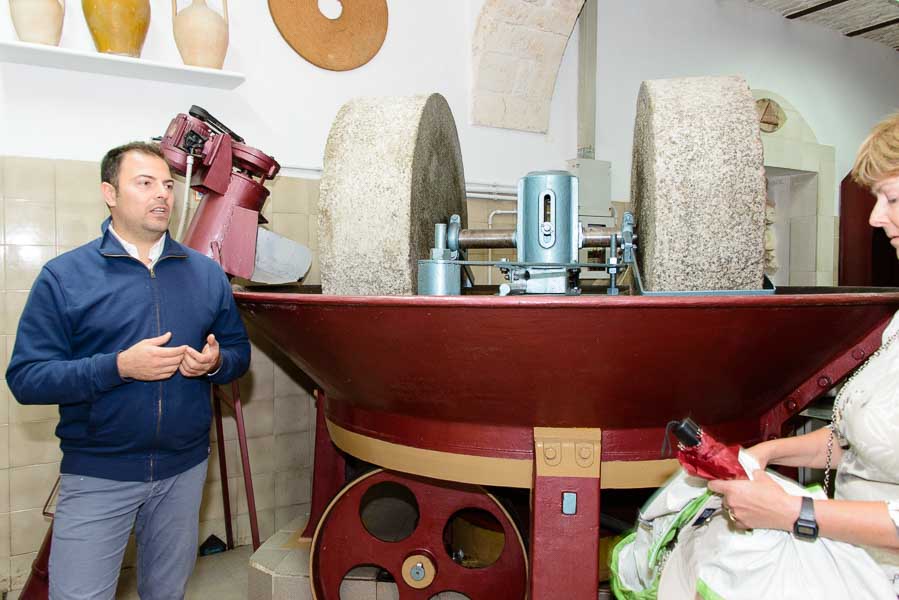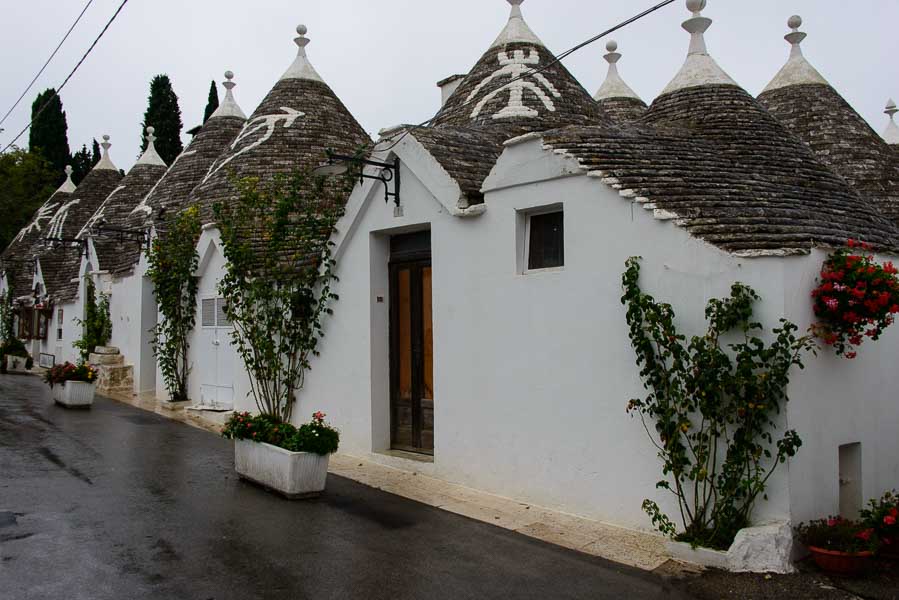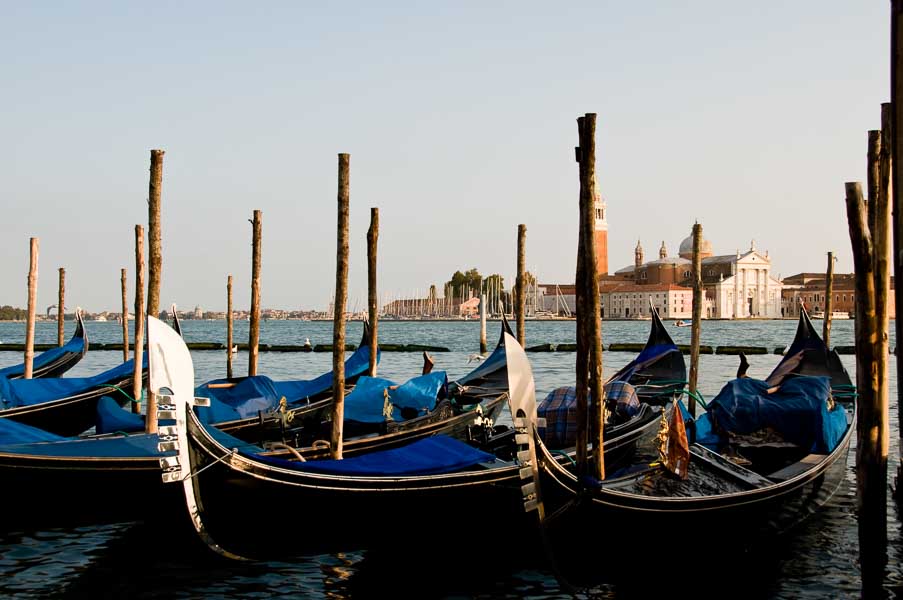I had been squeezed into the back of a car in rural Pengzhe, China for the four hour drive to the wedding of my husband’s colleague, Hanna. It was evening when Hanna’s brother Jia pulled into the driveway of their parent’s home. As he turned off the engine, gunshots exploded around us. I could not duck down, packed in next to Hanna’s boss Lew, and his wife Cindy. “For you!” Jia said proudly. Only then I realized the gunshots were fireworks that celebrated our arrival.
My husband Matt got out from the front passenger seat and extricated me from the cramped confines of the car. Firework shrapnel flew through the air, hitting my head. I felt unsettled. I had been to China twice before—never to the countryside. Tonight’s dinner in our honor was the first of many planned events on our three-day wedding itinerary and I was nervous.
I looked up and saw more than 100 people in an open double-car garage watching us westerners. In a whirlwind, we were introduced to Hanna’s parents, her fiancé Jerry, her family, and her neighbors. Matt and Lew speak Chinese, but I do not. I merely smiled and shook hands, bowing slightly in deference. Usually I speak some of the local language and for the first time anywhere, I was uncomfortable with my inability to communicate.
Two young nephews saw me, screamed in fright, and ran upstairs. One girl stared at me unwaveringly. Matt had warned me that Cindy and I might be the first Western women many of the family would have met. With my very short hair, I was even more of an oddity. I took a deep breath.
The garage room shined in the darkness like a lighthouse, banks of florescent lights mounted to the walls and ceiling. People moved toward ten rugged wood tables that were prepared for dinner. Each was covered with thin plastic wrap and had bottles of Sprite, orange drink, and Baijiu, the traditional Chinese liquor I do not drink. I’ve tried it. It tasted like I imagine paint thinner would.
With typical Chinese efficiency, we were ushered upstairs where two tables were similarly set. Hanna’s father made the first of many toasts we would partake in that evening. With Hanna translating, he welcomed us and thanked us for traveling so far. We were their guests of great honor. Matt and Lew thanked them for their gracious invitation and hospitality. I was grateful that as a woman I could toast with water.
“Ganbei Matt and Lew!” Jia called out. He raised his glass of Baijiu and looked at the two men. It was an invitation to accept. Jia filled their glasses to the brim, they replied “Ganbei!” and drank it all at once. Jia initiated several toasts that evening. Hanna said: “he usually does not drink.” Jia’s celebratory mood was infectious and soon Jerry, Matt, and Lew made their own toasts.
Hanna interpreted the conversation and the food. Her uncle, a chef, prepared 28 dishes for more than 120 people. A team of ten helpers brought up steaming bowls of rice, sizzling hot pots, and savory platters in rapid succession. “Not a big fan” Hanna laughed about several. The local cuisine was spicy. As I tried each dish, everyone watched for my reaction. I was pleased to like most of it. My favorite was a celery-like grass that grows only in a nearby lake, stir fried with fresh vegetables. Matt’s favorite was the butterflied fried chicken that went untouched until he ripped it into pieces manageable with chopsticks.
Common in China, dinner and the drinking ended as quickly as it started. Everyone went down to the garage room which had more space to play cards. Matt gave me cash to gamble with but I did not understand the game. A throng of spectators three deep circled the table. I surmised that watching westerners place bets on a local card game was entertaining. It was certainly a rarity. I stepped on a stool to take pictures and an uncle offered his arm to steady me. He remained by my side and helped me down when I was done. I felt as if he was tasked with my well-being.
The evening was cool. The garage doors were still open for fresh air I felt a soft tap on my back and Jerry’s cousin, Jia Hui smiled shyly and offered me a cup of hot water. I nodded my gratitude. Some aunts patted a nearby stool, grinned and gestured for me to sit with them. The aunts handed me tissues when they noticed my eyes watering from the omnipresent cigarette smoke. Their kindness needed no words. I warmed up physically and mentally.
After a while, the game finished abruptly. Appropriately, Jerry won most of the money. We were driven to the nearest hotel, twenty minutes away. Hanna apologized it was not nicer. She said it was the best one near her village. “Tomorrow’s hotel will be better.” She arranged the check-in and refused to let us pay. We were her family’s guests and to protest would have insulted them.
The next morning Hanna, Jerry, and her family picked us up for the first reception. As tradition in China, there were two receptions, lunch with the bride’s family and dinner with the groom’s. Jerry’s family lived four hours away and I was thankful Matt and I were in one car, Lew and Cindy in another. Seven black luxury SUVs were adorned with red ribbons. The bridal car even had a large rose arrangement on the hood. A videographer stood through a sunroof to record our departure.
Fireworks again announced our arrival to Hanna’s family home, this time to honor the bride and groom. Hanna changed into her white wedding gown. Jerry wore a nice black suit. Most of the other guests were dressed casually, many in jeans and sneakers. All still had on their winter coats, which were never removed. Months ago, Chinese colleagues guided me on what to wear—red and white was reserved for the bride, black was ill-advised. I went with a blue dress and high-heeled sandals. There was always a hand to help me navigate the slippery stairs.
Hanna’s uncle prepared many of the same dishes as the previous evening. We ate with a similar rhythm, but due to the long car ride, there was less drinking. Others were still eating when we were summoned for pictures with Hanna, Jerry, and her parents. They presented us with a hand painted China vase from the region, for which the county was named. At Hanna’s request, we gave her parents our wedding gift of cash in a red envelope.
“Let’s go!” Hanna said a few moments later. She clapped her hands for attention. “It is time.” We found our cars and the motorcade left for Jerry’s city of Shangrao. This time, our driver was a friend of Jerry’s who spoke no English but had an app on his phone that translated when he wanted to tell us something. We enjoyed listening to its computerized voice mispronounce English words.
Four hours later we hurried into a brightly lit hotel ballroom with a catwalk down the middle and tables covered in red. Three hundred people were already eating when we arrived. They stopped to stare at us as we took our reserved seats near the stage. On the table next to the Baijiu, I was thrilled to see a bottle of red wine. Children played on the catwalk while adults chatted as they ate. A projector displayed the elaborate wedding pictures Jerry and Hanna had taken months before and emailed to everyone.
Bruno Mars’ song “Marry You” played. During the third repeat, the lights dimmed and Hanna and Jerry walked down the catwalk under streamers and confetti. At her request, I was taking pictures. An emcee was very excited, but without Hanna, I had no idea what he said. They exchanged rings, lit a unity candle, and drank wine with interlocking arms. Jerry’s father spoke with obvious happiness while his mother tried and failed not to cry. Hanna asked us four to stand for applause. They kissed, and it was the longest kiss I’ve seen at a wedding. Finally, they posed for pictures. Guests snapped photos with their phones like the paparazzi. Holding hands, Hanna and Jerry then quickly departed.
We were eating hairy crab when they returned. Hanna had changed into a stunning red gown signifying happiness and good fortune. She and Jerry toasted at each table. Once they had finished, the other guests left en masse. Only our two tables remained. I asked Hanna to translate for me. I wanted to toast her sisters, brother, and their spouses, to say thank you for showing me such kindness. “Xie, xie, ganbei” I lifted my glass of wine to them.
We were invited to the Honeymoon Suite to play cards. I played hide-and-seek with the nephews who shrieked with laughter when I found them. After they went to sleep, I joined the card game and won almost $200. Suddenly, we spotted fireworks that Jerry’s friends had ignited in the hotel driveway, 15 stories below us. I grabbed my camera. We ran to the windows and watched as the flaming sparks reached our height and then soared above us.
Jia had put the wedding gift money into a red suitcase. The next morning we all went to Jerry’s parent’s house to watch them open it. Surrounded by family, a relative of Jerry’s unlocked the suitcase and we were surprised at how much money it held. Hanna had told us that they would give the money to their parents.
We stayed for tea and snacks. Jerry’s parents gave us bags of the local oranges and rice bars that were our favorites. Jerry’s father gave us a tour of the nearby boarding school where he teaches math. After lunch at a local restaurant, we caught the train back to Shanghai.
My seat belt was securely fastened for takeoff home on Chinese New Year’s Eve. I thought about a little boy in the elevator of the hotel. He had stared at me, of course. I smiled at him and he shyly stroked my arm, as if to make sure I was real. I remembered a toddler who wailed on the train until he saw me. The shock stopped him instantly. The upsides to sticking out.
I thought about Hanna’s family, of their kindness and generosity. The honor I felt to have been invited, to have been a part of a family experience few Westerners get. As our plane ascended I saw flares of fireworks scatter like popcorn, tiny at this distance. Surely their driveway was a riot of explosions. They invited us to spend the New Year with them, but we needed to return home. If we had stayed, the fireworks would not have scared me.




